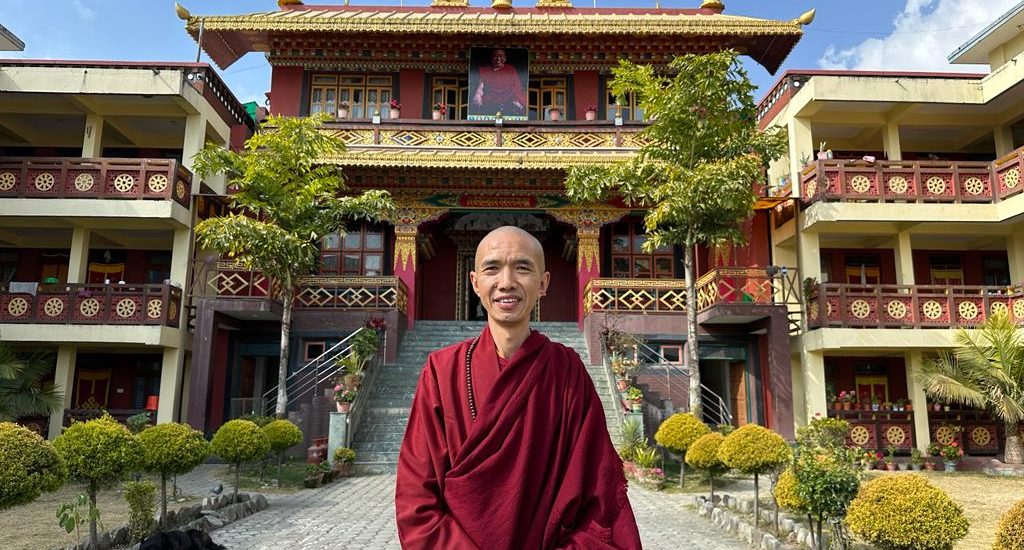On the last leg of my recent visit to Nepal, with the Kathmandu Art Biennale behind us, I visited several locales of spiritual significance in Pharping and Kathmandu. When it comes to Nepal (and I do not mean this in a flippant way), “places of spiritual power” could denote many, many spots: from monasteries with storied histories to nunneries where one can be inspired by learned young women and girls, from sites of folkloric energy and power to holy memorials and landmarks by the dusty hillside roads snaking across the Kathmandu valley.
The first place we stopped off at was Tara Abbey, where the protagonists are none other than 240 female monastics of all ages – erudite and rosy-cheeked, with some shyer than others, while others were confident and boisterous. Rebecca Wong and I met with one of our old friends and an accomplished student of the nunnery, Ani Dechen. While we were filming the temple premises and activities with the nuns, I also met the abbot, Khenpo Choegyal. He told me that Tara Abbey was founded by Khenchen Thrangu Rinpoche in 1992, but construction took a rather long time: over 10 years, from 1997 to 2009. He recently took over the abbotship of the nunnery, although he says that when it comes to young men and women, governing a group of sincere yet flawed youths is pretty much the same for both genders, even if the monks can be a bit rowdier.
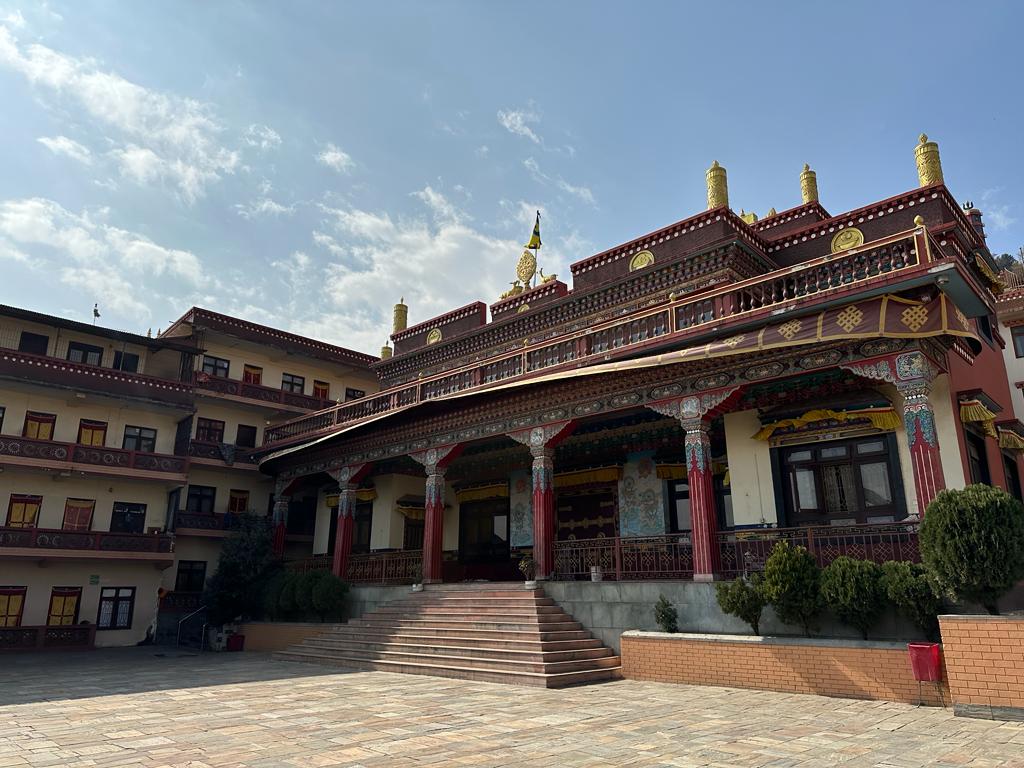
After our conversation with Khenpo Choegyal and a heartwarming reunion with the female monastics, we were treated to a lunch (of a quality that I would happily live a cloistered, contemplative life for) before heading to Samten Ling Monastery, where 21 gold statues of the goddess Tara are being stored as part of a broader project for the construction of Samten Ling Nunnery. The nunnery, built high up in the cool mountains in Pharping and home to 45 young girls, would end up being the final stop of our day trip. Both complexes were built with the blessing of Tai Situ Rinpoche, with one of the teachers he has recognized, Gyalpo Rinpoche, overseeing Samten Ling Nunnery.
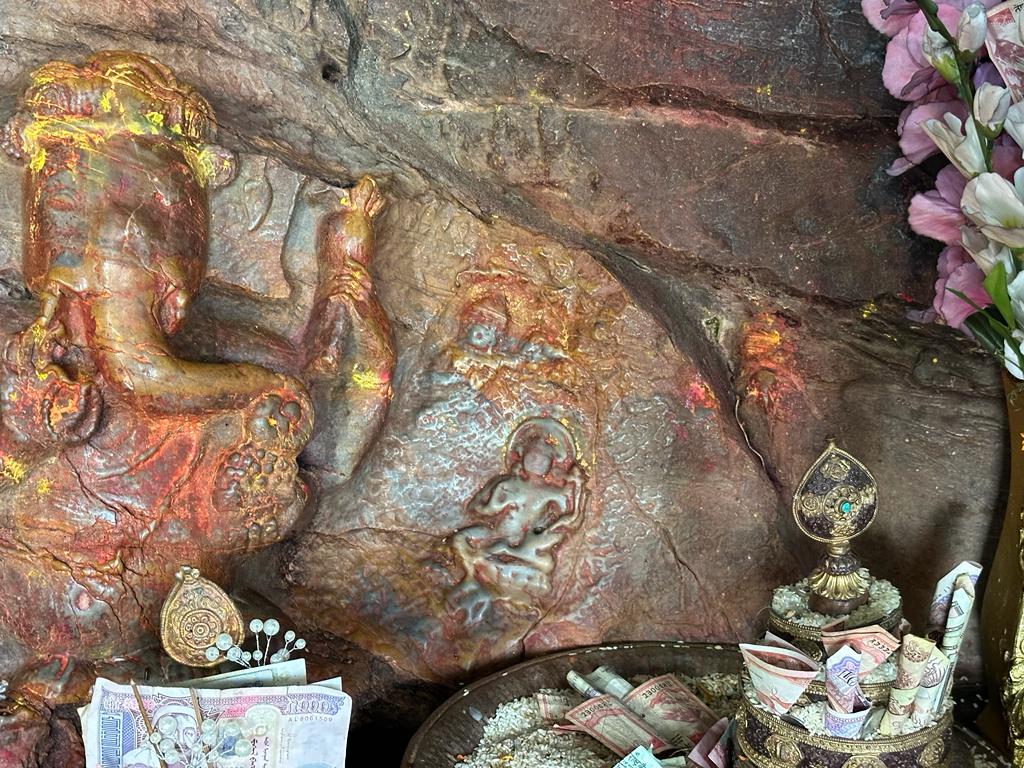
But first at Pharping, together with ritual specialist and puja performer Lama Tsongdue, we stopped for some sightseeing at one the most popular local, folkloric sites in Dakshinkali. The Ganesh and Saraswati Temple is one of the most charming holy site of an interfaith nature I have seen to date. From the rock, so legend says, images of the deities Tara (Buddhism) and Ganesh (Hinduism) emerged naturally and can even change color upon chanting their mantras and lighting candles for them. As with so many Nepalese sites, they are so steeped in folklore that it becomes impossible to extricate their syncretic, Hindu-Buddhist origins from the manner and habits of their contemporary veneration.
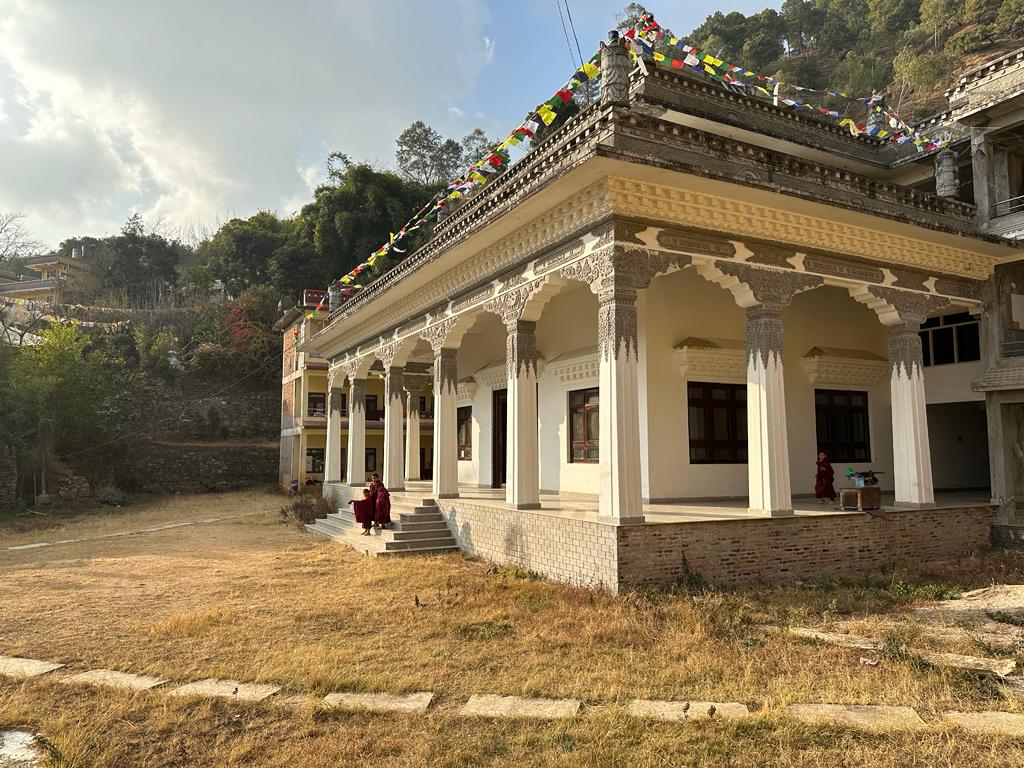
We then headed to a decidedly Nyingma-pa complex: where most Buddhist establishments venerate the Dalai Lama and/or the Karmapa in their main hall, the Ogyen Maha Guru Samten Osel Dechen Phodrang Ling Retreat is famous for having a colossal Padmasambhava statue. Guru Rinpoche is known to Vajrayana Buddhists as the primary agent of the first diffusion in Tibet, and has been adopted by the decentralized Nyingma school as the titular “founder” of the tradition, as opposed to the sarma (new schools) of the Sakya, Kagyu, and Gelug-pa.
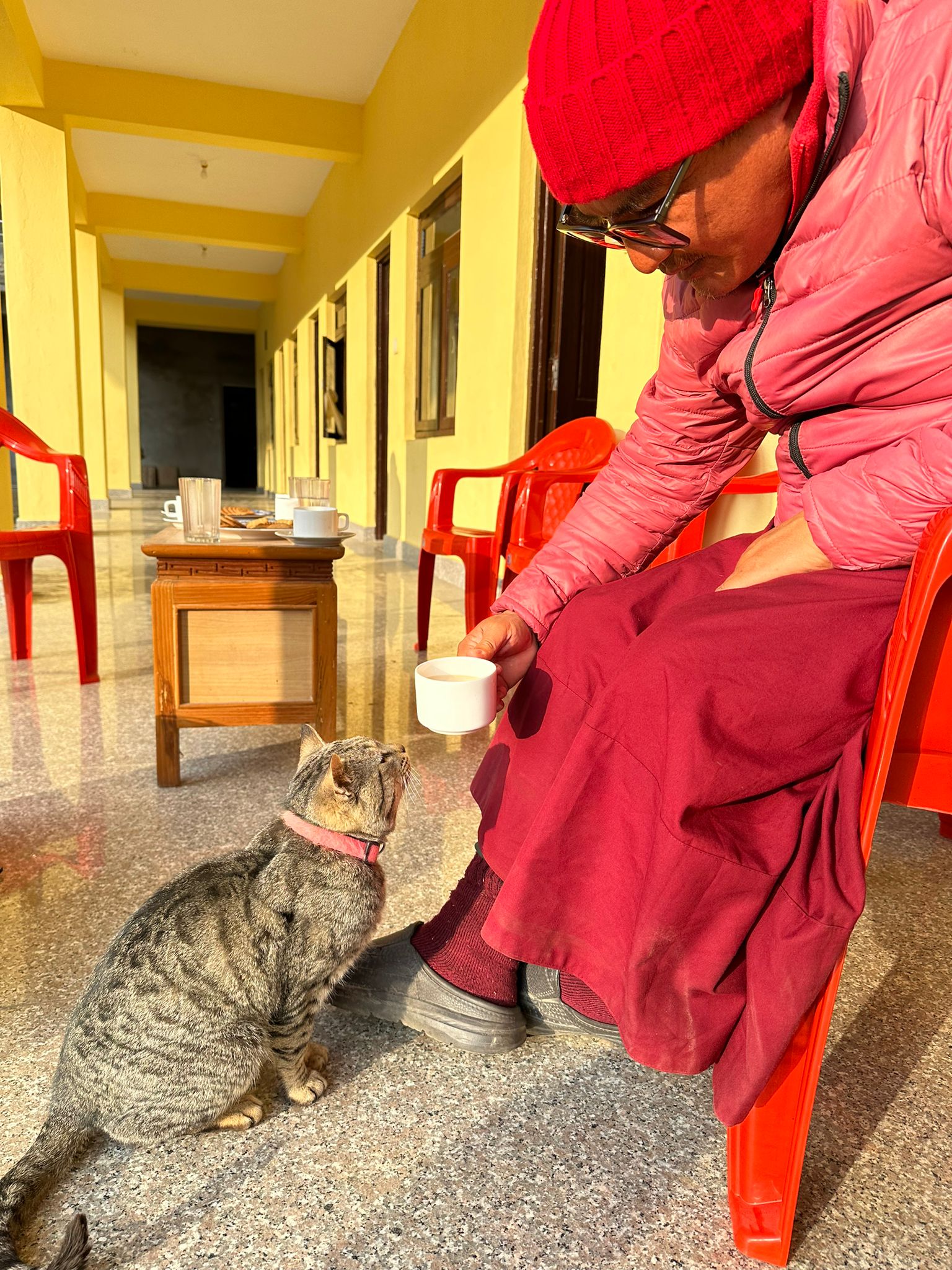
Finally, as sundown approached, our entourage visited the incomplete but beautiful Samten Ling Nunnery, where the 21 Tara gold statues at Samten Ling Monastery will be eventually transported to. But I confess to not having done much filming, leaving the hard work to our team, Lama Tsongdue, and our local cameraman and video editor. I simply enjoyed a restful late afternoon watching the sunset descending behind the mountainside on the porch with the abbot, sipping masala tea and dunking coconut cookies alongside the attention-seeking, tea-addicted feline of the nunnery. Perhaps the kitty was the true nunnery head.
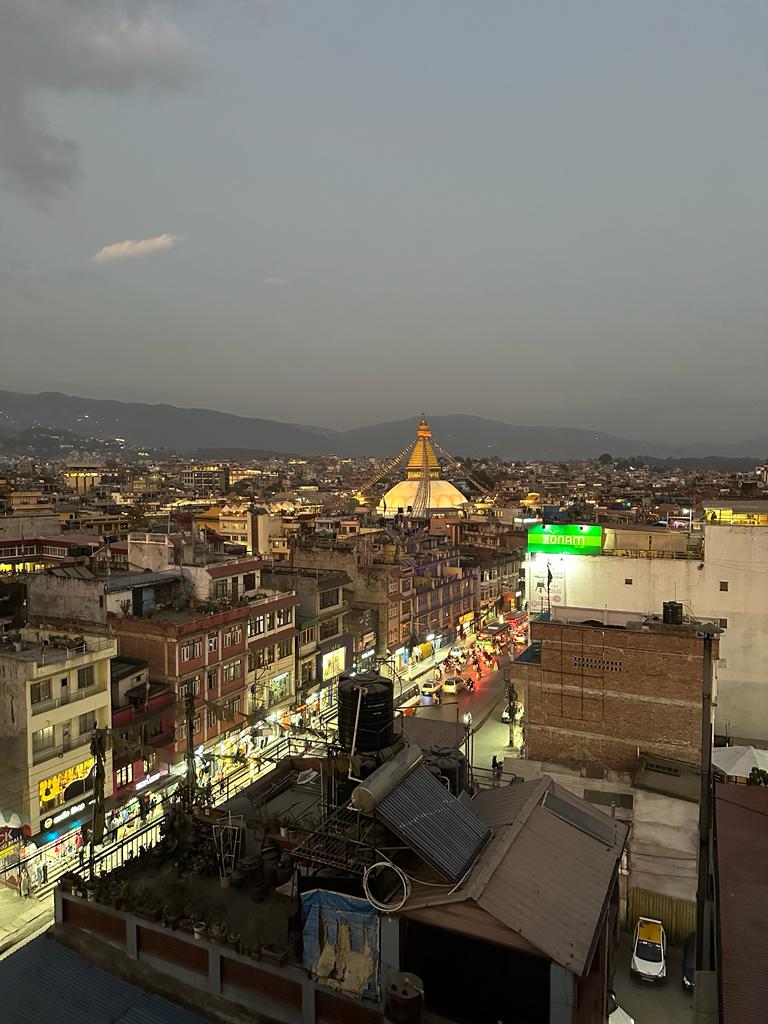
I found it extraordinary and inspiring that before leaving for Tribhuvan International Airport in the evening, we had already visited and filmed at five locations. By the time the blanket of night had fallen on Kathmandu, and we boarded out flight out of the country, we promised ourselves that we would be back in touch with the spiritual, monastery-ensconced energy of Nepal soon.


